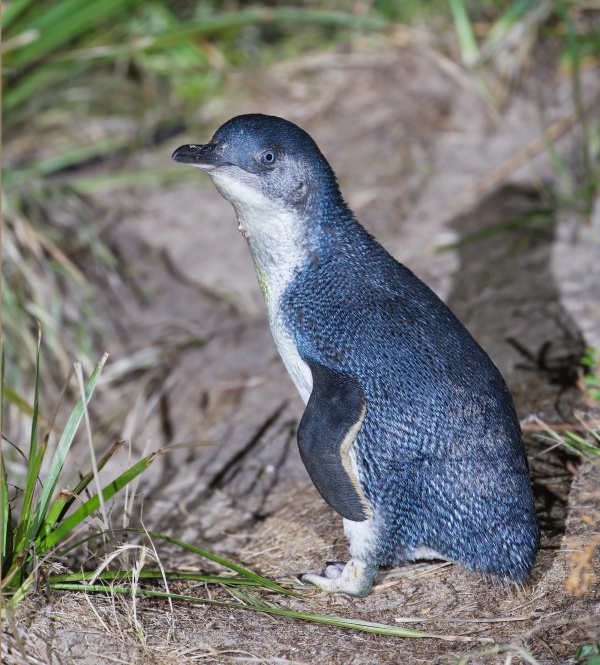Facts About Little penguin
The little penguin, alternatively known as the fairy penguin or little blue penguin, holds the distinction of being the smallest species of penguin. These captivating birds reach a height of about 33 cm and a length of 43 cm. They inhabit the coastlines of southern Australia, New Zealand, and possibly even Chile. While there are several subspecies, scientists continue to debate their precise classifications. Intriguingly, genetic studies suggest that the little penguins from Australia and Otago might actually constitute a separate species.
On average, little penguins live approximately 6.5 years in the wild, but in captivity, their lifespan can extend up to 25 years. Their diet primarily consists of small fish, cephalopods, and crustaceans, which they capture through adept diving.
Unfortunately, these penguins face numerous threats. Predators such as dogs, cats, foxes, and stoats pose significant dangers, while human activities like oil spills, plastic pollution, and habitat destruction exacerbate their plight. To aid in their protection, conservationists are actively engaged in managing predator populations, restoring habitats, and addressing the impacts of oil spills.
Little penguins are also featured in various zoological exhibits worldwide, helping to raise awareness and garner support for their conservation.
Historically, humans exploited these charming birds for their meat and skins, and even used them as fishing bait. Fortunately, conservation efforts have significantly progressed in safeguarding these delightful seabirds.
Little penguins have also made their mark in popular culture. For instance, Tux, the Linux mascot, was inspired by an encounter that Linus Torvalds, the creator of Linux, had with a little penguin in Australia.
